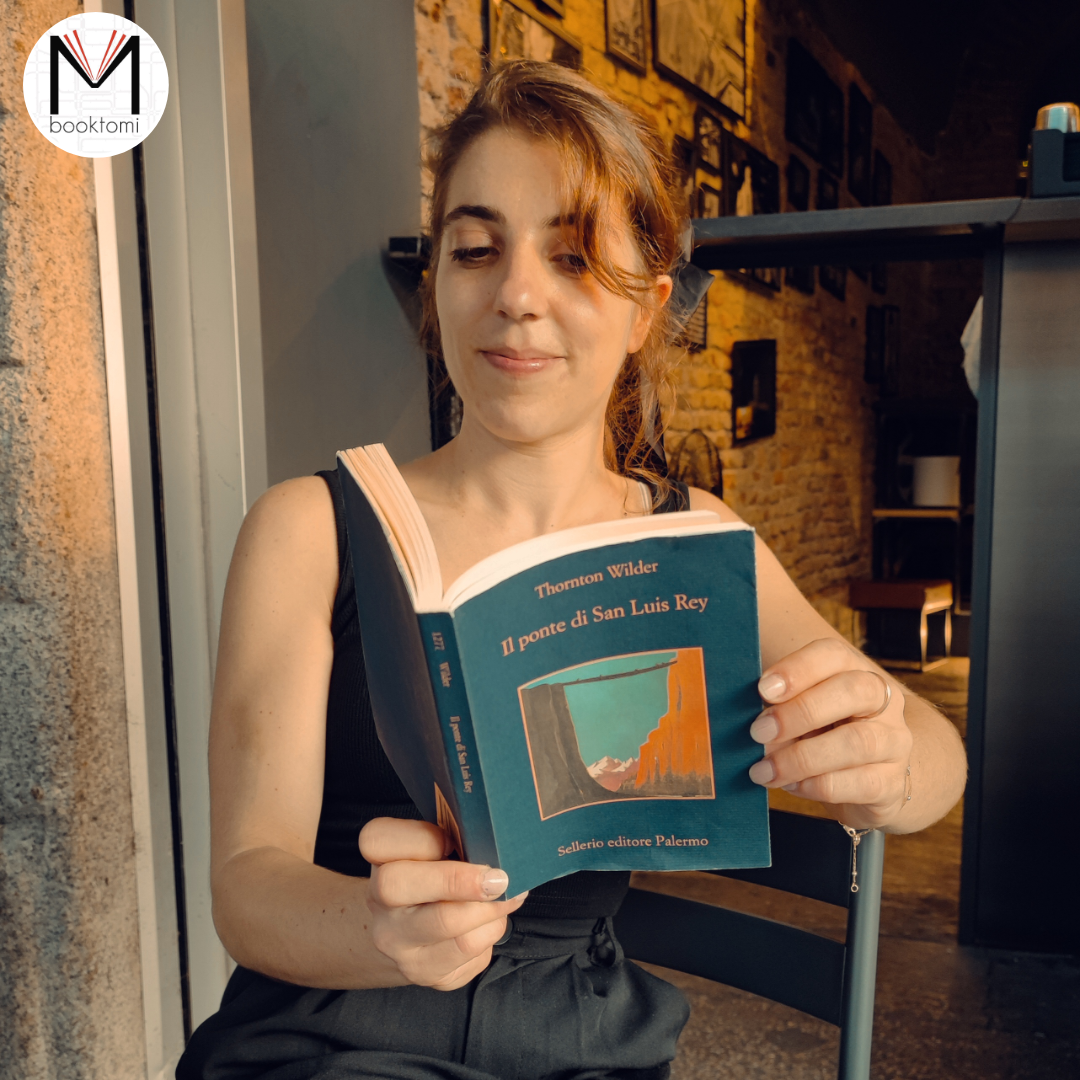“FRIDAY RE-VERSO”
“For an hour he remained contemplating the great pearly clouds perpetually suspended above the horizon, and from their beauty he drew a sense of resignation that did not allow his reason to examine.”
We wander through the shelves full of new products on which out of intellectual humility (or decency) we do not judge but which clearly have little to tell us. Unexpected, there, in a little corner, mild and modest, a small blue volume – this is the novelty that tickles our restless search. Sa va sans dire, was written in 1927. A short sigh of resignation follows. This little book, about which we knew nothing, not only won the Pulitzer in 1928, but also had great success with the public and critics, infinite theatrical and cinematographic adaptations… and we, unaware readers, handle it with amazed curiosity, ready, to this point, to reveal the mystery.
“The Bridge of San Luis Rey” is – beautiful? moving? fun? banality! Give yourself new adjectives, pay homage to words with a bit of inventiveness. Let’s reveal the plot and try to get there step by step.
“On Friday 20 July 1714, at midday, the most beautiful bridge in all of Peru collapsed and five wayfarers fell into the ravine below.” News story, beginning and end of the plot. Better: this incident, in Wilder’s fiction, is witnessed by a little Italian friar, whose absolute belief is that “Either we live by chance and by chance we die, or we live according to a plan and according to a plan we die”. Definitive. Trying to reveal which of the two sentences is the truth thus becomes the work of a lifetime, that is, discovering, through a very meticulous examination (which the novel revises for the benefit of the reader) of the lives of the five accidents, whether or not they deserved such an “act of God” (because it cannot be anything else).
It is very clear that if this book provided us with – or even just an answer to, the burning of millennia of literature, science and religion, existential crises and doubts of indifference (that guy sang). There is no answer. After all, we know, questions matter more and more. But, in this case, the very delicate attempt to reach a conclusion is poignant in its poetic, ironic, melancholic impossibility: the result is grotesque, fascinating, luminous, painful characters, so human in the travails of their hearts that we cannot in any way judge them. Just as Fra’ Ginepro is unable to do so, lost in the inextricable maze of the vices and virtues of the “investigators”, so we, who if you look closely are all “sometimes rotten, sometimes good” (the others sang).
“There are a hundred ways to be surprised by circumstances”: there are those who feel defeated, who think they have found a key, those who withdraw from the world, those who look at the stars. Thornton Wilder, who was not a pessimist, manages to find a plot of meaning that unites all the threads in an ending which, due to the decision with which it is stated, is careful not to be cloying (and of which we obviously do not reveal anything, for those you got us). There is a bridge to cross, let’s trivialize it and call it life. For us there is no Fra’ Ginepro who investigates our history, to decree its direction or its total senselessness. We are the judges and guardians of our consciences, we who have great pains in the heart, justice and grandeur, obsessions “in the burning fulcrum of the mind”. We cross the bridge knowing that it can break at any moment or lightly and unaware, with our gaze already on the other side of the ravine. Wilder writes, in a letter to a friend: “It seems to me that my books are about the worst thing the world can do to you, and the extreme resources with which to counteract it.” We think that he did it with great humility of look and, last but not least, with an acute and genuine love for the precise words that that look told.
Written by Delis
____________________________________________________________________________________________________
Thornton Niven Wilder, Il ponte di San Luis Rey, Sellerio, Palermo, 2023
Original edition: The Bridge of San Luis Rey, Boni & Liveright, New York, 1927



